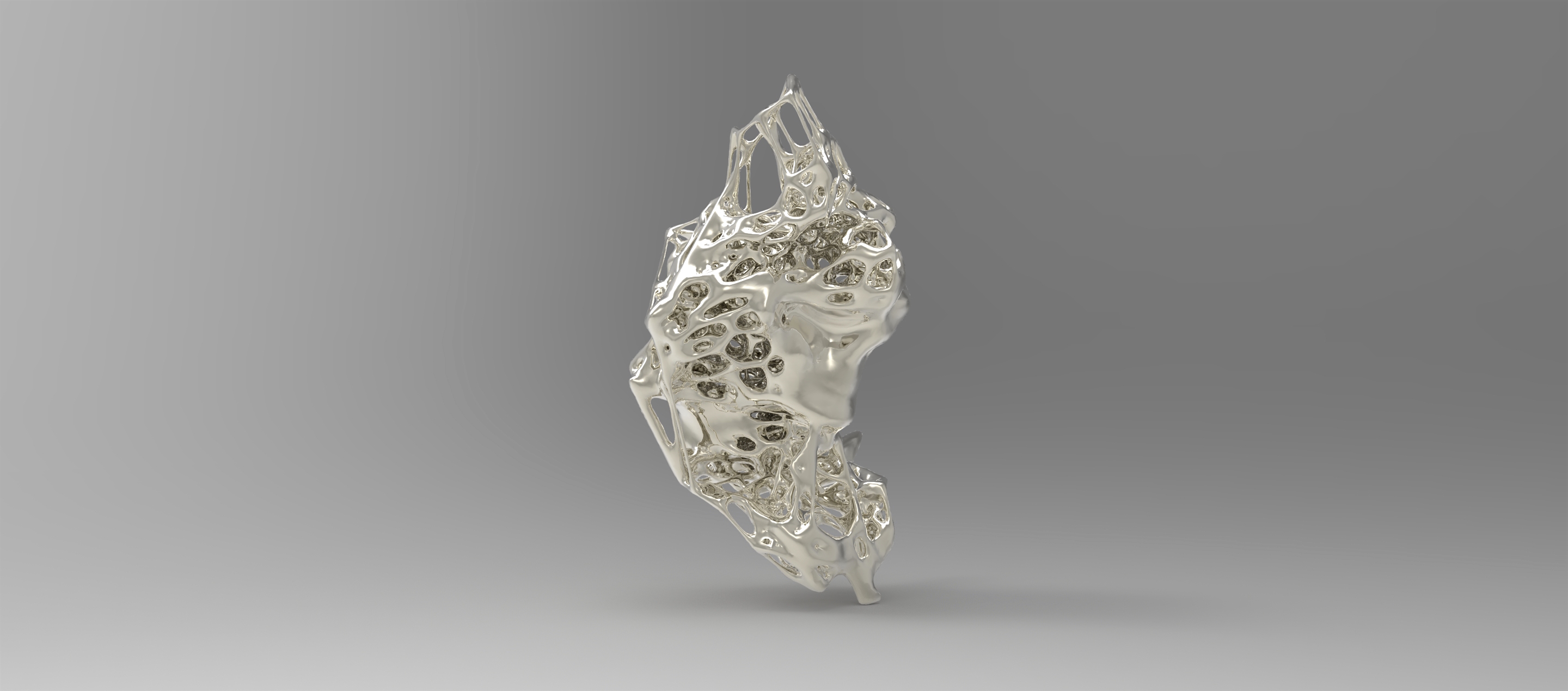G0ngsh1
In China, Chinese Scholars’ Rocks or Spirit Stones are called Gongshi. Historically Gongshi has been appreciated by Chinese connoisseurs for more than a thousand years. As early as the Tang dynasty (618-907AD), scholar-officials and persons of refined tastes began appreciating Scholars’ Rock’s unusual forms by placing in their studios for indoor viewing smaller sized rare rocks formerly used in outdoor gardens. It was said that a garden could not be beautiful without such rare rocks, and that a studio lacked elegance without gongshi. They were also presented as tribute objects to emperors and were transported to Japan and Korea.
Rocks have long been admired in China as an essential feature in gardens. Especially prized are stones that have been sculpted naturally by processes of erosion or that appear to have been shaped by nature even if they have been artfully enhanced by man. Pitted, hollowed out, and perforated, such rocks, which are often displayed on end, are seen as embodiments of the dynamic transformational processes of nature. By the Tang dynasty (618–907), four principal aesthetic criteria—thinness (shou), openness (tou), perforations (lou), and wrinkling (zhou)—had been identified for judging scholars’ rocks as well as the larger examples featured in gardens. Besides these formal qualities, rocks were also admired for their resemblance to mountains or caves, particularly the magical peaks and subterranean paradises (grotto-heavens) believed to be inhabited by immortal beings. Some rocks were appreciated for their resemblance to animals, birds, human figures, or mythical creatures.
De Wilde is 3D printing anthropomorphic shapes inspired by the scholar rocks or ‘Gongshi.’ De 3d printed shapes are placed in fast moving rivers so natural processes like erosion can continue to shape the artwork.



